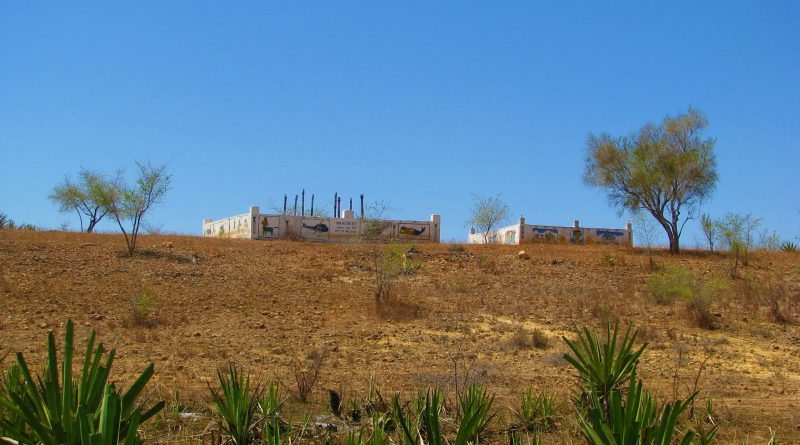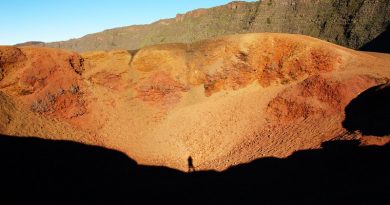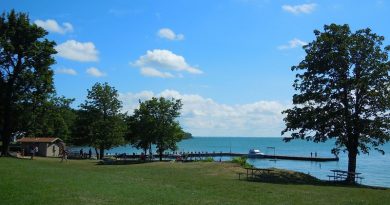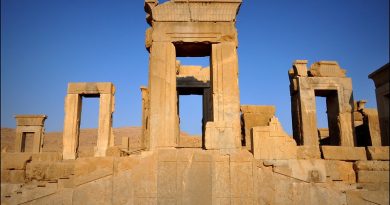Gods on Earth: Mahafaly Tribe Tombs
Culture Facts
Where: Madagascar, off south-east coast of Africa
What’s it about: Tribal tombs of the Malagasy people, expressing close links between living and dead, built elaborately on sacred grounds
Remember to: Observe the customs of fady, rules surrounding family permission to visit the deceased.
In African culture, close ties exist between the living and the dead, and for the Malagasy people, burial tombs are of the utmost importance. These tombs are often seen while travelling in Madagascar; they consist of clusters of highly decorated buildings that house the dead. These houses contain no windows and are surrounded by a tall wall for protection.
Housing ‘Gods on Earth’
Often their construction can cost more than the houses of the living. The style and decorations reflect the status the person held in their life. Malagasy believe in a supreme being calledZanahary (The Creator); he is also known as Andriamanitra (The Sweet Lord). Brightly coloured paints are used to give the buildings a unique look that makes them visible from far away; flags are often used to decorate the houses as well.
The deceased play an integral role in communicating between God and the living; they are considered ‘Gods on Earth’ for the powers they posess in improving or destroying the living’s well being. Because bad things can happen when the dead are neglected, great expense and care must be paid to these Razana (ancestors). Interestingly, the living serve as extensions of these dead relatives.
Burial Rituals
There are two stages to death in the country. First, the deceased is washed immediately after death in a ritual called sasa. Then the body is preserved, not unlike a mummy in Egypt where the body is wrapped in expensive cloth. The second step is when the body is actually buried, and this can be a year after the relative’s passing, especially if the death was unexpected. This is often due to the expense that a correct burial requires, and without an expensive, proper burial, the living’s wealth and well being could be jeopardized.
Though each region has a slightly different style or shape to these tombs, the importance is the same. Land has great importance. The sacred Tanindrazana (Ancestors Land) is protected by social rules that keep them within the family’s relatives and can never be sold or stolen.
How to Visit the Tombs
When visiting these tombs, it pays to be educated by locals when approaching them because various taboos, called fady, are associated with deceased relatives. It is not wise to approach a tomb until the appropriate family has given their permission. Once permission is granted, you are free to wander around the structures.
More Information
Madagascar Traditional Beliefs and Religion
More on Madagascar’s Traditional Beliefs
By Dave Lowe




